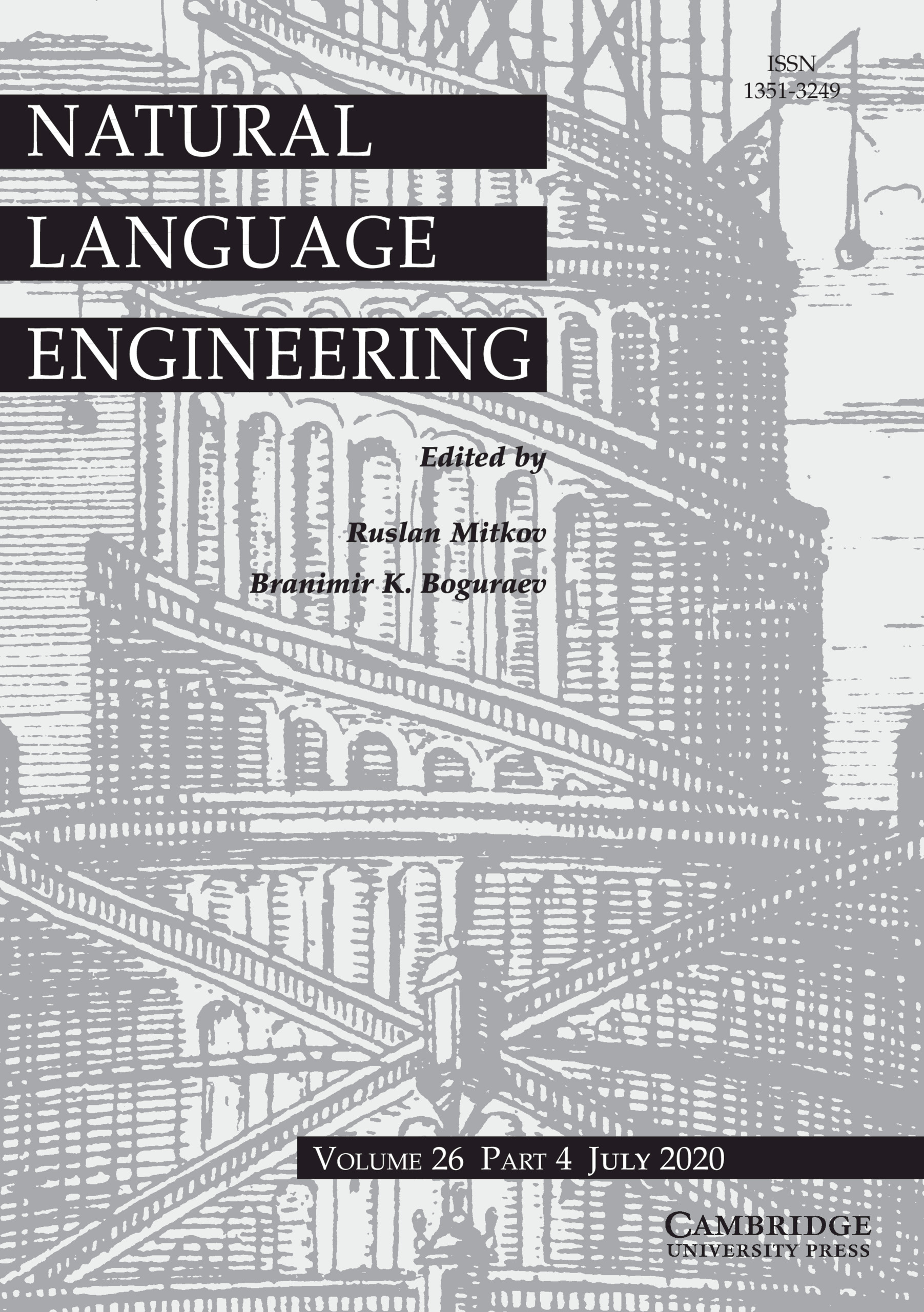Koc Lab’ın doğal dil işleme üzerine çalışması, Cambridge Üniversitesi Yayınları Doğal Dil Mühendisliği Dergisi’nde yayınlanan “Anlamsal yapıyı korurken kelime düğünlerine yorumlanabilirlik kazandırmak” başlıklı bir makaleyle sonuçlandı. Makalenin yazarları Lüfti Kerem Şenel, İhsan Utlu, Furkan Şahinuç, Haldun Özaktaş ve Aykut Koç.
Kelime düğünleri birçok NLP görevinde çok önemli araçlardır. Bununla birlikte, kara kutu doğaları kelime düğünlerini açıklanabilir ve yorumlanabilir olmaktan alıkoyar. Bu çalışmada, ilk kez, geleneksel GloVe algoritmasına harici bir objektif fonksiyon ekleyerek, kelimelerin düğünlerine yorumlanabilir olma özelliği verilmektedir. Ayrıca, yorumlanabilir kelime düğünlerinin ortak öğrenimi, kelime düğünlerinin altında yatan anlamsal yapıyı bozmaz.
Kelime düğünleri içindeki yorumlanabilirlik derecesindeki artış, insan deneklerin elle değerlendirilmesinin yanı sıra nitel ve nicel testlerle de gösterilmiştir. Elde edilen sonuçlar, ifade edilen kelime düğünlerinin literatürdeki benzer çalışmalardan daha iyi performans gösterdiğini göstermektedir.
NLP alanındaki açıklanabilir AI algoritmalarını geliştirmek için çalışmanın katkısı esastır.
Abstract
As a ubiquitous method in natural language processing, word embeddings are extensively employed to map semantic properties of words into a dense vector representation. They capture semantic and syntactic relations among words, but the vectors corresponding to the words are only meaningful relative to each other. Neither the vector nor its dimensions have any absolute, interpretable meaning. We introduce an additive modification to the objective function of the embedding learning algorithm that encourages the embedding vectors of words that are semantically related to a predefined concept to take larger values along a specified dimension, while leaving the original semantic learning mechanism mostly unaffected. In other words, we align words that are already determined to be related, along predefined concepts. Therefore, we impart interpretability to the word embedding by assigning meaning to its vector dimensions. The predefined concepts are derived from an external lexical resource, which in this paper is chosen as Roget’s Thesaurus. We observe that alignment along the chosen concepts is not limited to words in the thesaurus and extends to other related words as well. We quantify the extent of interpretability and assignment of meaning from our experimental results. Manual human evaluation results have also been presented to further verify that the proposed method increases interpretability. We also demonstrate the preservation of semantic coherence of the resulting vector space using word-analogy/word-similarity tests and a downstream task. These tests show that the interpretability-imparted word embeddings that are obtained by the proposed framework do not sacrifice performances in common benchmark tests.
